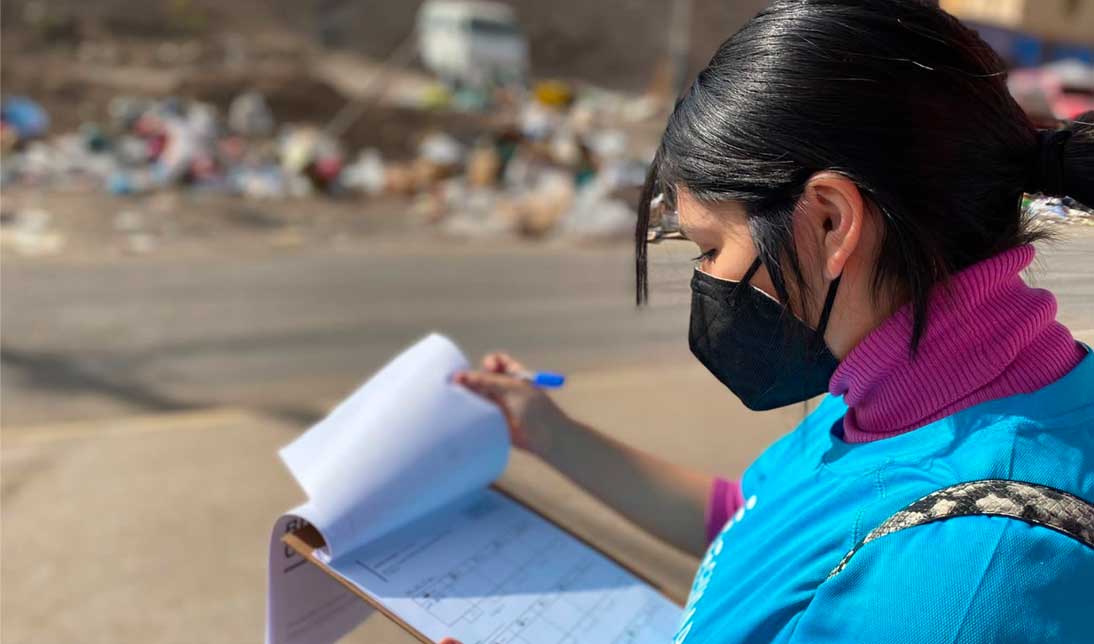Apply indicator survey tools to generate practical and valuable information that helps engage society in changing their environment; And making decisions about future projects, are some of the objectives of the measurement sessions held on Saturday, July 30, and Monday, August 1, at the intersection of Río Maule and Julio Montt Salamanca streets.
More than thirty volunteers participated in the field study that preceded the “Street Analysis” workshop held last Friday at the Fundación Minera Escondida building. The free training, attended by about 50 people, was provided by consultant Ciudad Emergente, who provided tools on urban analysis methodologies created by Danish architect and urban planner Jan Gehl, which proposes the study of human behavior in public spaces, analyzing how people use spaces To find out their strengths and weaknesses.
The CREO Antofagasta Project Manager, Francisco Cooper, He highlighted the importance of these activities for the advancement of the Unidos por Bonilla plan. “With these measurements, we aim to get a diagnosis of the current state of the place so that we can implement in the short term, through a joint design with the community, an urban tactic such as participatory cleaning of the strip and road intersections and identifying elements such as litter boxes, benches and pedestrian paths to improve mobility.” This will be a short-term, direct-impact, low-cost intervention that seeks to enhance the space in the future in a more permanent and inclusive manner through a potential plaza or footpath.”
Daniela Balpontine, Architect and Project Lead for Ciudad Emergente, who was responsible for coordinating the theoretical study and workshop, explained the importance of methodologies that, through direct observation, check how people move and their continuity in the space and the different activities they do. We were counting people and vehicles. Through data methodology, we see the highest occupancy rates of public spaces and with neighbors we make decisions to design spaces that are more inclusive, more informative, and closer to citizens. The idea is that we can intervene at this intersection, improve the pedestrian crossing so that children can reach their schools in a safer way and eliminate the concentration of garbage in the strip and generate environmental awareness so that the place remains clean. We are interested in creating a space where neighbors can meet and thus improve their quality of life.”
Co-design workshops with residents of the Strip will be held in mid-August. More information at www.creoantofagasta.cl






